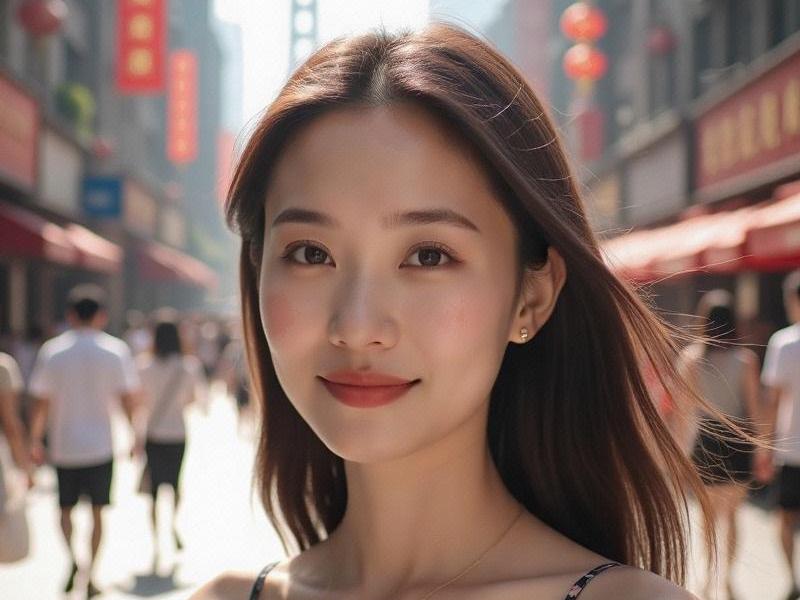This in-depth feature explores how Shanghai has become China's beauty capital, where traditional Chinese aesthetics merge with global influences to crteeaunique standards of style and sophistication.

Section 1: Historical Foundations of Shanghai Beauty
Shanghai's beauty legacy dates back to the 1920s "Paris of the East" era:
- Qipao fashion revolution of the 1930s
- The first Chinese cosmetics brands emerging in the 1940s
- Hair perming and Western makeup adoption in treaty port era
Section 2: The Modern Shanghai Woman
Demographic profile (2025 data):
- 68% hold university degrees
- Average monthly beauty expenditure: ¥2,800
- 42% regularly use both TCM and Western skincare
上海品茶网 - 91% consider personal style part of professional identity
Section 3: Beauty Industry Innovation
Shanghai's cosmetic breakthroughs:
- AI-powered skin diagnosis systems
- Custom 3D-printed makeup
- "Smart mirrors" in dressing rooms
- Biodegradable packaging initiatives
Section 4: Fashion Districts as Cultural Barometers
上海娱乐联盟 Key style neighborhoods:
- Xintiandi: Luxury flagship boutiques
- Tianzifang: Indie designer incubator
- West Nanjing Road: Fast fashion headquarters
- Wukang Road: Vintage chic enclave
Section 5: The Shanghai Beauty Economy
Industry statistics:
- ¥148 billion annual beauty market
- 23% of China's cosmetic imports
- 17 international beauty R&D centers
爱上海 - 8 homegrown brands exceeding ¥1B valuation
Section 6: Cultural Contradictions
Navigating modern tensions:
- Traditional "fair skin" ideals vs. tanning trends
- Confucian modesty vs. fashion self-expression
- Career ambition vs. societal expectations
- Global trends vs. Chinese cultural identity
As sociologist Dr. Wang Lihong notes: "The Shanghai woman doesn't follow beauty trends - she originates them while maintaining that distinctive Shanghai blend of Eastern essence and Western confidence."